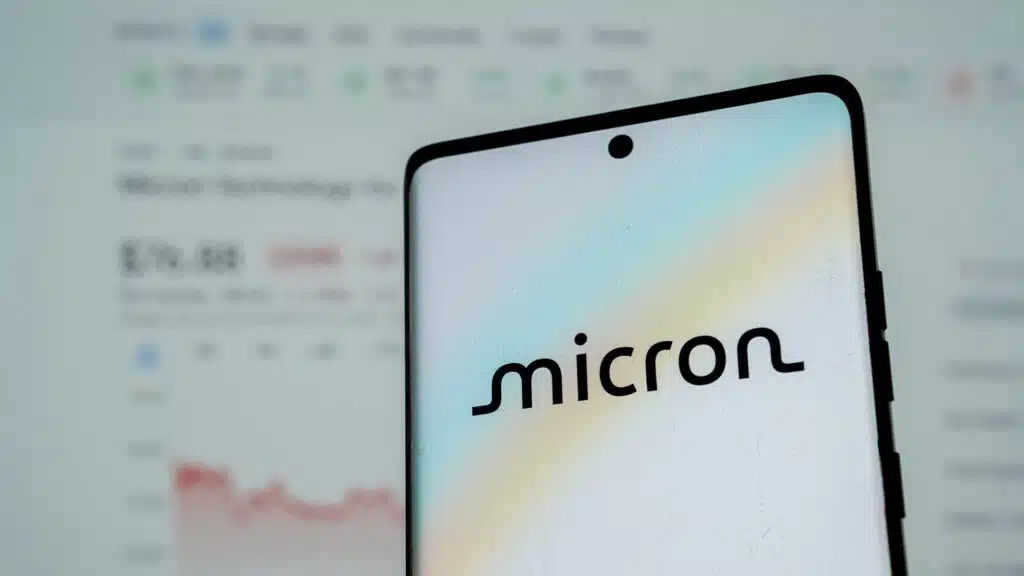Introduction
I recently had the opportunity spend time with the Sony Semiconductor Solutions team at NRF and have been briefed subsequently and I am increasingly coming to the opinion that Sony Semiconductor Solutions is poised for continued innovation, particularly in the realm of semiconductors and AI. This division of Sony, a conglomerate well known for its contributions to consumer electronics, entertainment, and finance, has carved a niche for itself in the semiconductor industry. With the global semiconductor market, characterized by intense competition and rapid technological advancements, demands constant innovation and adaptability. Sony’s entry and sustained efforts in this space, especially with its focus on AI-powered solutions, represent a strategic move to capture value in high-growth areas such as smart devices, IoT, and AI.
Innovating with AITRIOS
At the heart of Sony’s innovation is AITRIOS, a platform designed to revolutionize how AI integrates with vision-sensing technology. AITRIOS addresses the growing need for efficient, privacy-respecting, and scalable AI solutions, particularly in vision-based applications. It simplifies the development, deployment, and management of vision AI by providing a comprehensive ecosystem that includes software, hardware, and a set of tools tailored for AI model management and retraining. This ecosystem is built around Sony’s groundbreaking IMX500, the world’s first intelligent vision sensor capable of processing AI on-chip.
The IMX500 sensor is a testament to Sony’s commitment to innovation. By integrating AI processing capabilities directly onto the vision sensor, Sony has achieved a significant leap in performance, efficiency, and privacy. This proprietary technology enables devices to perform complex vision-based AI tasks on the edge, without the need to stream large volumes of data to remote servers. The result is a dramatic reduction in latency, cost, and power consumption, while also addressing privacy concerns by processing data locally on the device.
During the recent National Retail Federation show in NYC, I had the opportunity to delve into the capabilities of the IMX500 sensor firsthand. My experience left me deeply impressed by how its AI vision technology empowers retailers with sophisticated on-shelf availability solutions. By offering real-time, precise monitoring of shelves and inventory levels, it significantly mitigates the risks of lost sales and inventory discrepancies. Moreover, the sensor enhances the shopping experience by leveraging intelligent, AI-driven analytics for people counting and behavior analysis, enabling retailers to refine store layouts and boost service productivity effectively. The adaptability it brings to retail operations is further underscored by its support for remote shelf surveillance and the dynamic retraining of AI models, allowing for swift adjustments to ever-evolving product assortments and consumer preferences.
Additionally, the IMX500 sensor plays a pivotal role in bolstering operational security and mitigating theft, thanks to its capabilities for immediate license plate recognition and the identification of suspicious behaviors. This ensures a secure and reassuring environment for shoppers and employees alike. The integration of AITRIOS in such applications not only underscores its value in enhancing business operations but also highlights Sony’s commitment to innovatively tackling real-world challenges, setting a new standard for retail industry solutions.
Looking Ahead: AI on Silicon as the Industry’s Future
The integration of AI processing capabilities directly onto silicon, as exemplified by Sony’s IMX500 sensor, represents a key trend in the semiconductor industry. This approach offers numerous advantages, including improved efficiency, reduced latency, and enhanced privacy. As devices become increasingly smart and interconnected, the demand for edge AI solutions is set to grow exponentially.
Sony’s pioneering work with AITRIOS™ and the IMX500 sensor positions it as a leader in this emerging field. By focusing on AI on silicon, Sony is not only addressing the current needs of the market. Still, she is also anticipating future trends and preparing for a world where intelligent devices are ubiquitous.
Moreover, partnerships like the one between Sony and Microsoft for AI co-innovation underscore the importance of collaboration in driving technological advancements. These collaborations are essential for developing integrated solutions seamlessly blending into existing ecosystems, such as Microsoft’s Azure AI Custom Vision, further enhancing the appeal and applicability of Sony’s offerings.
Sony Semiconductor Solutions’ focus on AI-enhanced vision sensors and platforms like AITRIOS exemplifies the innovative spirit that drives the semiconductor industry forward. By integrating AI directly onto silicon and providing comprehensive solutions for developing and deploying vision-based AI, Sony is not just keeping pace with the industry; it is setting new benchmarks for what is possible. As the demand for intelligent, efficient, and privacy-conscious technology continues to grow, Sony’s contributions are likely to shape the future of the semiconductor market and beyond, heralding a new era of AI-powered devices and applications.
Disclosure: The Futurum Group is a research and advisory firm that engages or has engaged in research, analysis, and advisory services with many technology companies, including those mentioned in this article. The author does not hold any equity positions with any company mentioned in this article.
Analysis and opinions expressed herein are specific to the analyst individually and data and other information that might have been provided for validation, not those of The Futurum Group as a whole.
Other Insights from The Futurum Group:
Schwab Network X Post: The Performance of Semiconductors
Storage as a Service Consumption Programs Multiplied in 2023
Author Information
Steven engages with the world’s largest technology brands to explore new operating models and how they drive innovation and competitive edge.






